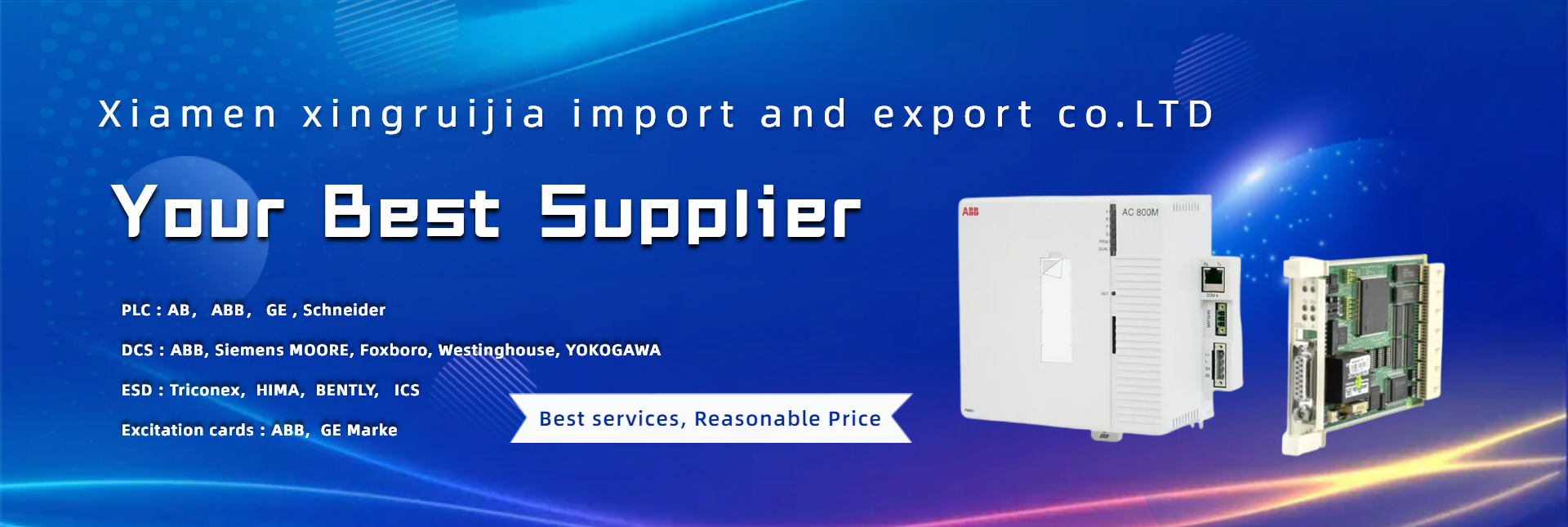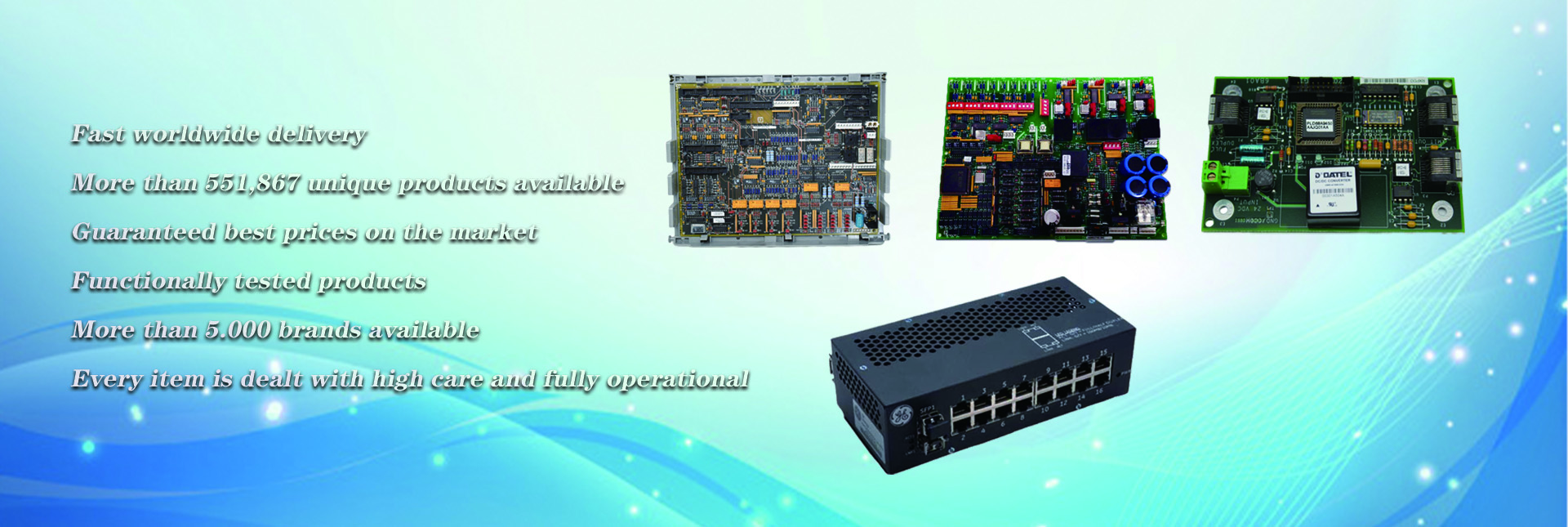Integration requirements of DCS and SIS
With the continuous development of China’s oil industry, safety in production and energy conservation and environmental protection are receiving increasing attention. Fushun Petrochemical’s “ten million tons of oil refining and one million tons of ethylene” project, as a large-scale demonstration project and the largest refining and chemical integration project in Northeast China so far, has long production process, complex process, and a large number of flammable and explosive dangerous devices, which has high safety requirements. It also puts forward higher requirements for the performance of the control system that bears the heavy responsibility of the whole plant. The control system and instrument shall not only adopt the latest technology to ensure safety and reliability, but also meet the technical requirements of special petrochemical process. In addition to basic process control and detection, the real-time database of the whole plant shall be established to establish the basis for plant-level computer information management and production scheduling.
At the beginning of the establishment of the project, Fushun Petrochemical carried out a rigorous and detailed comprehensive evaluation of the systems provided by five automation manufacturers, including Siemens, from the aspects of system integration, communication speed of the backbone network, and the ability of the controller to process data. In particular, the integration with SIS system became the focus of this competition. As we all know, DCS and SIS systems are widely used in the control of oil refining and chemical plants. In the past, these two systems were mostly provided by different manufacturers and independent of each other. They need separate system design and their own configuration software to complete the system development, and the maintenance methods are also different. When data exchange between systems is required, hard-wired mode is often adopted, which brings many inconvenience and hidden dangers to users. Siemens has solved this problem well and integrated the basic process control system and the safety instrument system with the system, which can not only reduce the investment, but also simplify the system design, development and maintenance, and can better meet the level requirements of international safety standards.
After in-depth communication with Siemens, Fushun Petrochemical finally selected Siemens as the main supplier of the automation system of the “ten million tons of oil refining and one million tons of ethylene” project, and adopted SIMATIC PCS 7 as the DCS system of the whole plant, and used it in conjunction with S7-400FH system to form an integrated seamless integrated solution of DCS/SIS.
Efficient and safe solution
In this project, following the design concept of Siemens Totally Integrated Automation (TIA), taking SIMATIC PCS 7 as the core, we will build a complete automation control system with refining and ethylene, and use, 400FH automation station, ET200M series I/O (including standard module and F module), PROFIBUS bus and industrial Ethernet communication technology.
In order to ensure the safety of personnel and equipment in the production plant, ensure the safety interlock and emergency shutdown of the plant in case of accidents, and avoid the occurrence of catastrophic accidents, SIS system is used to protect important devices. Siemens SIMATIC controller with redundancy and fault-tolerance is selected for SIS system, with built-in complete redundancy design and self-diagnosis function, which can quickly and effectively diagnose internal and external faults. Through different module redundancy (FMR) modes, field instruments and actuators are configured with single module, double module and triple module to complete the safety instrument functions specified in IEC61511 safety specifications.
The upper computer system adopts the client/server structure, in which the client is used to monitor and operate the field control equipment, and the server can complete the data recording and archiving of the production process. Siemens SIMATIC NET redundant optical fiber ring network is used as the communication network between the operator station, engineer station and automation system station and the control system. The communication rate is up to 1Gbps, which effectively ensures the demand for high-speed transmission of massive data. When a node of the ring network fails, the ring network will rebuild the communication channel within 0.3 seconds.
In addition, the project also designed and built GDS, CAS, OPC, AMS, CCTV and clock synchronization systems. The PCS 7 system is integrated into external systems such as MES/ERP through Open PCS 7 (OPC Server).
Post time: Feb-02-2023


